Bert Hardy: The photographer who chronicled mid-century Britain, from the Blitz to Blackpool
The work of photographer Bert Hardy is celebrated in a new show at The Photographers’ Gallery in London.
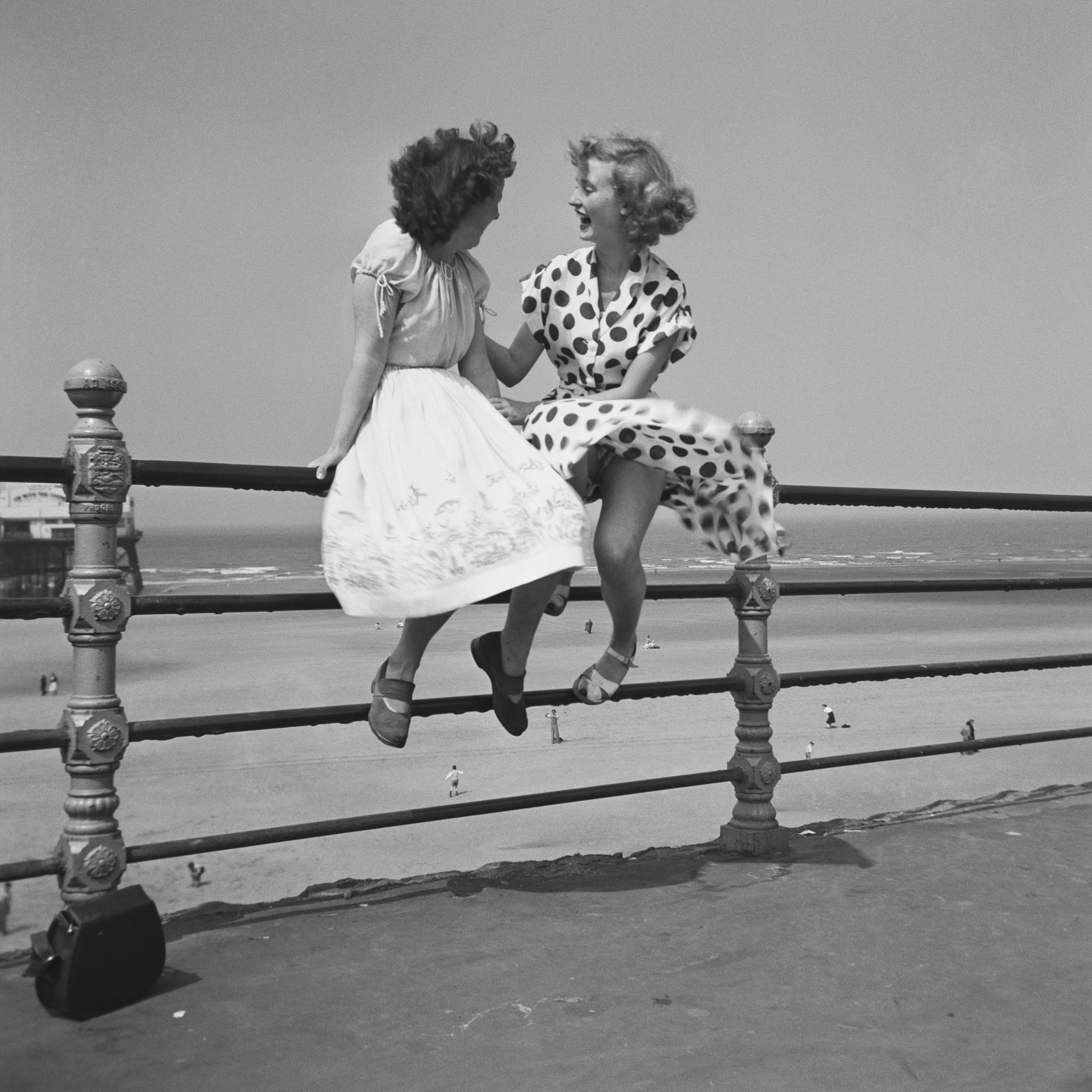
‘The ideal picture tells something of the essence of life. It sums up emotion, it holds the feeling of movement thereby implying the continuity of life.’
These are the words — the philosophy, really — of renowned photojournalist Bert Hardy, who catalogued life at home and abroad in a career that spanned four decades.
Hardy's work is the subject of a new retrospective which opens today — February 23, 2024 — and runs until June 2 at The Photographers’ Gallery, London W1.
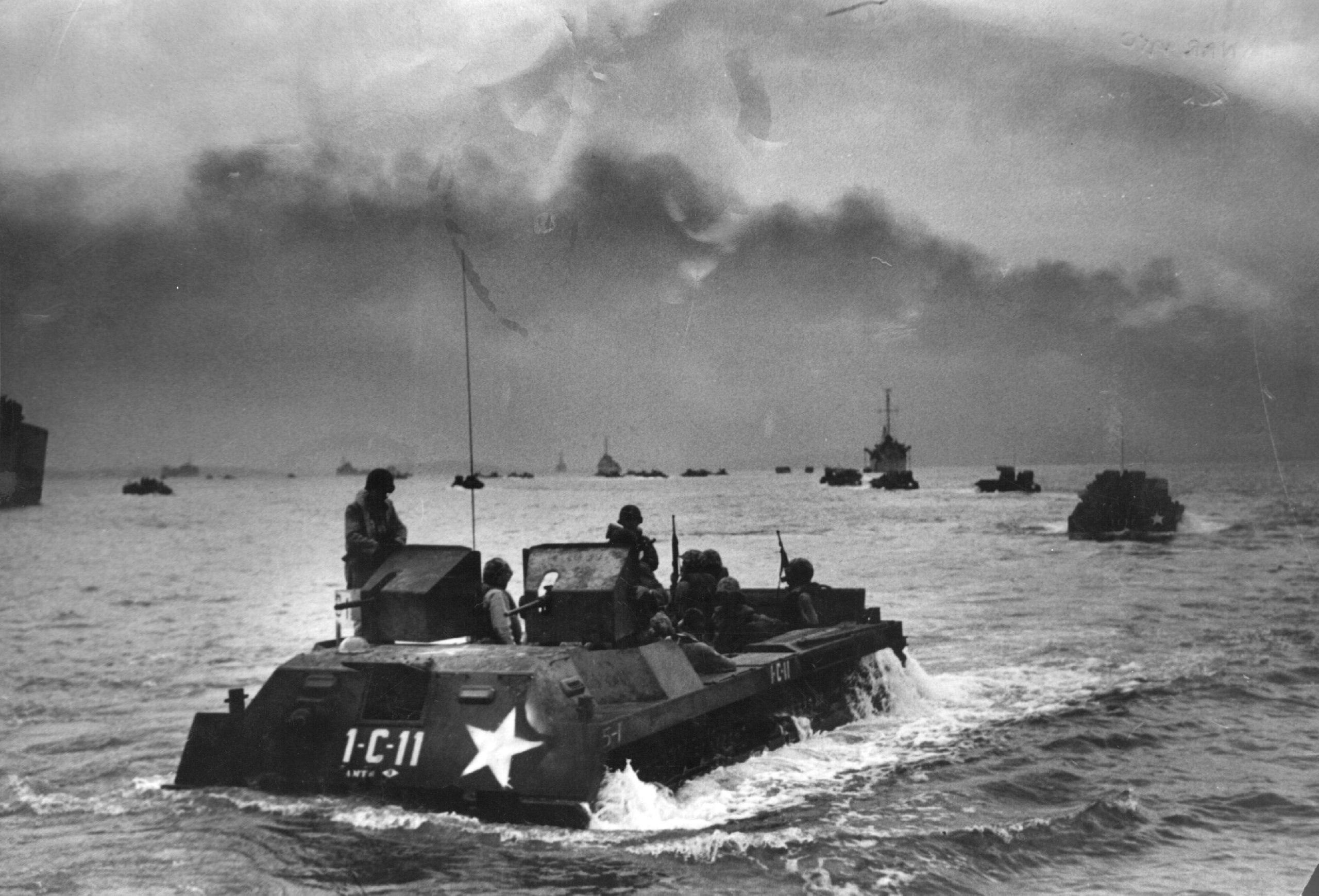
Born in Blackfriars in central London in 1913, the self-taught Hardy started out as a lab assistant before becoming a sports photographer.
He went on to become a well-respected and influential press and documentary photographer, chronicling life with social documentary work across mid-century Britain and European conflicts. ‘Everywhere I look, and most of the time I look, I see photographs,’ he once explained.
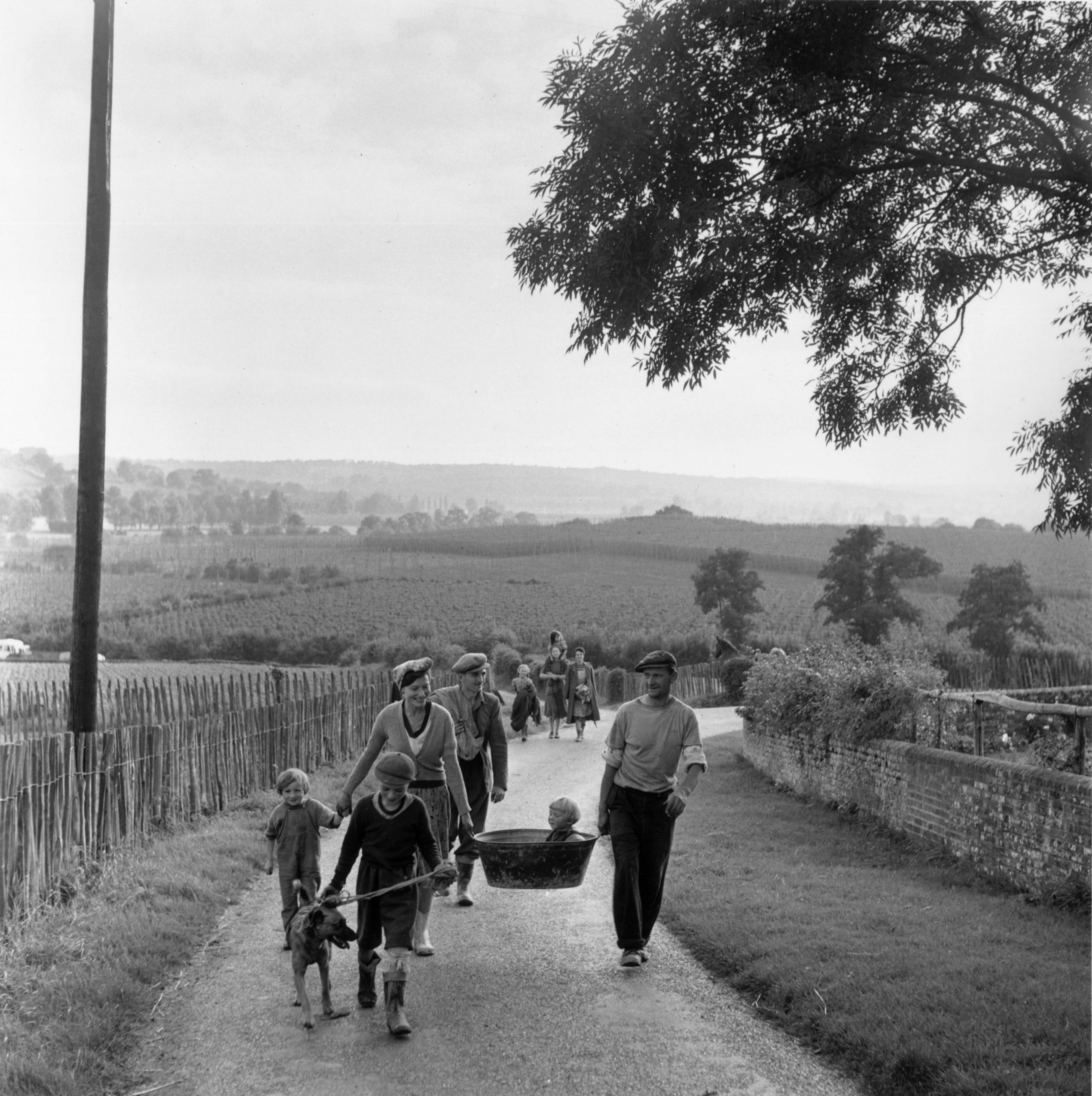
Many of his images came to define later views of the Blitz spirit of 1940, not least his shots of children playing in the rubble of war; and his seaside scenes from the 1950s encapsulated the nation's emergence from the darkest hour.
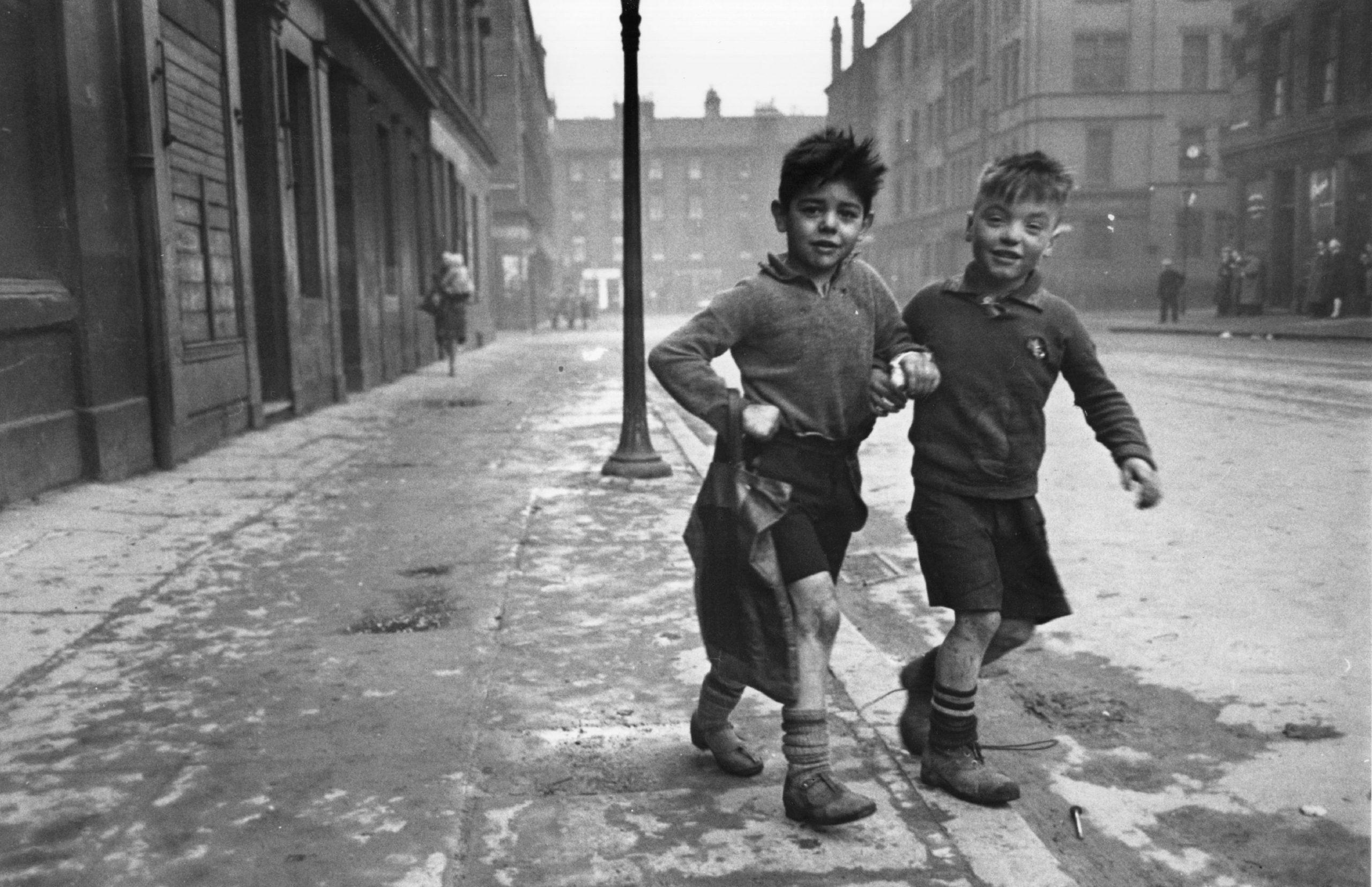
He enjoyed a long collaboration with Tom Hopkinson, editor of the photography-led publication Picture Post, who described Hardy as 'the nearest to an all-round cameraman I ever worked with.'
Sign up for the Country Life Newsletter
Exquisite houses, the beauty of Nature, and how to get the most from your life, straight to your inbox.

The exhibition at The Photographers' Gallery includes plenty of material from his work at Picture Post, but also uses photographs taken during his time in the Army Film and Photographic Unit, including imagery from the Allied push into France in June 1944, and later the liberation of Bergen-Belsen. He also won awards for his work in the Korean War before moving in to commercial work when Picture Post closed in 1957.
Bert Hardy: Photojournalism in War and Peace runs until June 2, 2024, at The Photographers’ Gallery, London W1. Tickets cost £8/£5, though the exhibition is free after 5pm on Fridays. See more details at thephotographersgallery.org.uk
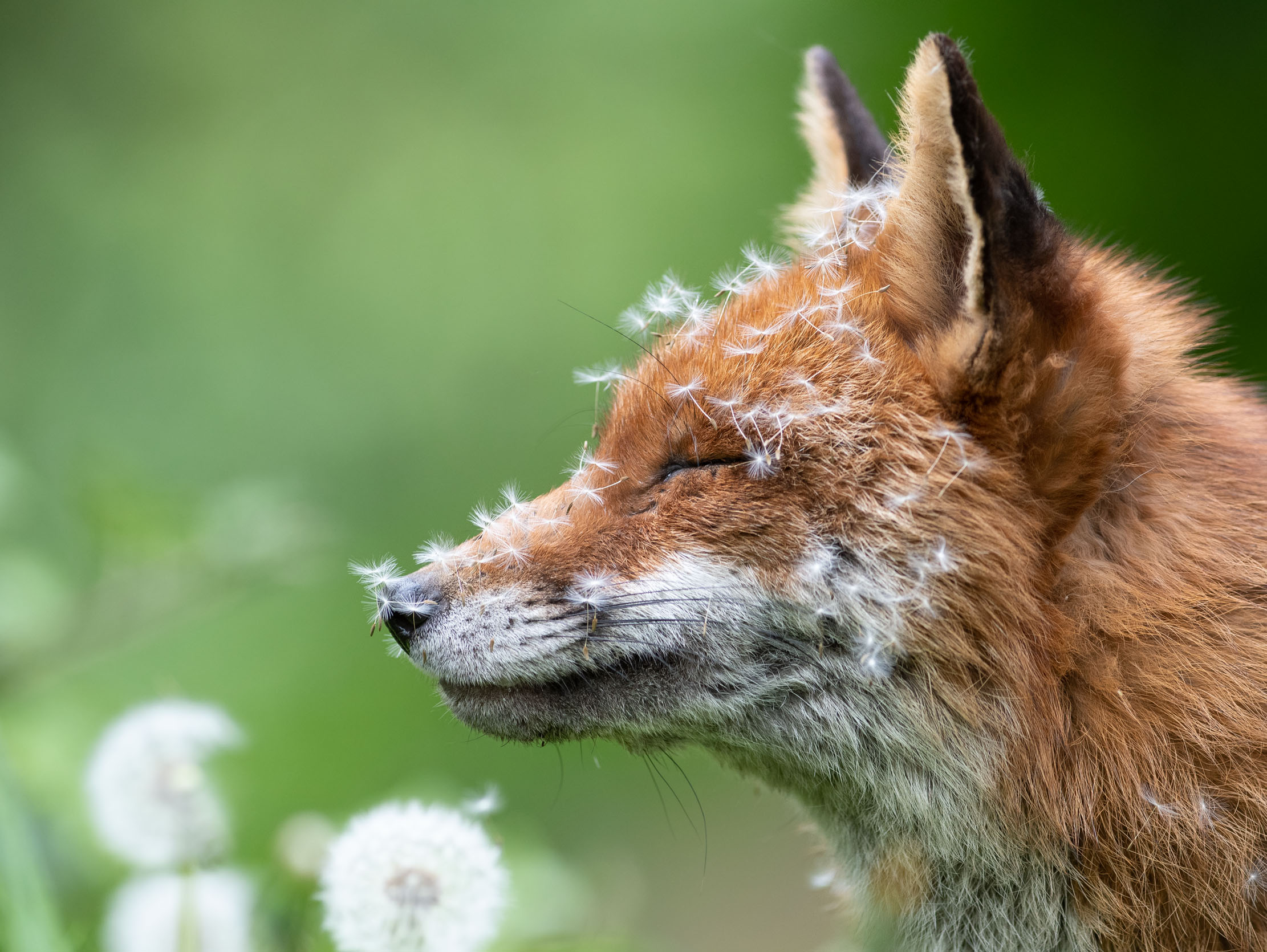
15 of the most incredible pictures from the 2023 British Wildlife Photography Awards
Nature’s fierce beauty emerges forcefully from the 2023 British Wildlife Photography Awards. Our Picture Editor Lucy Ford has the pick
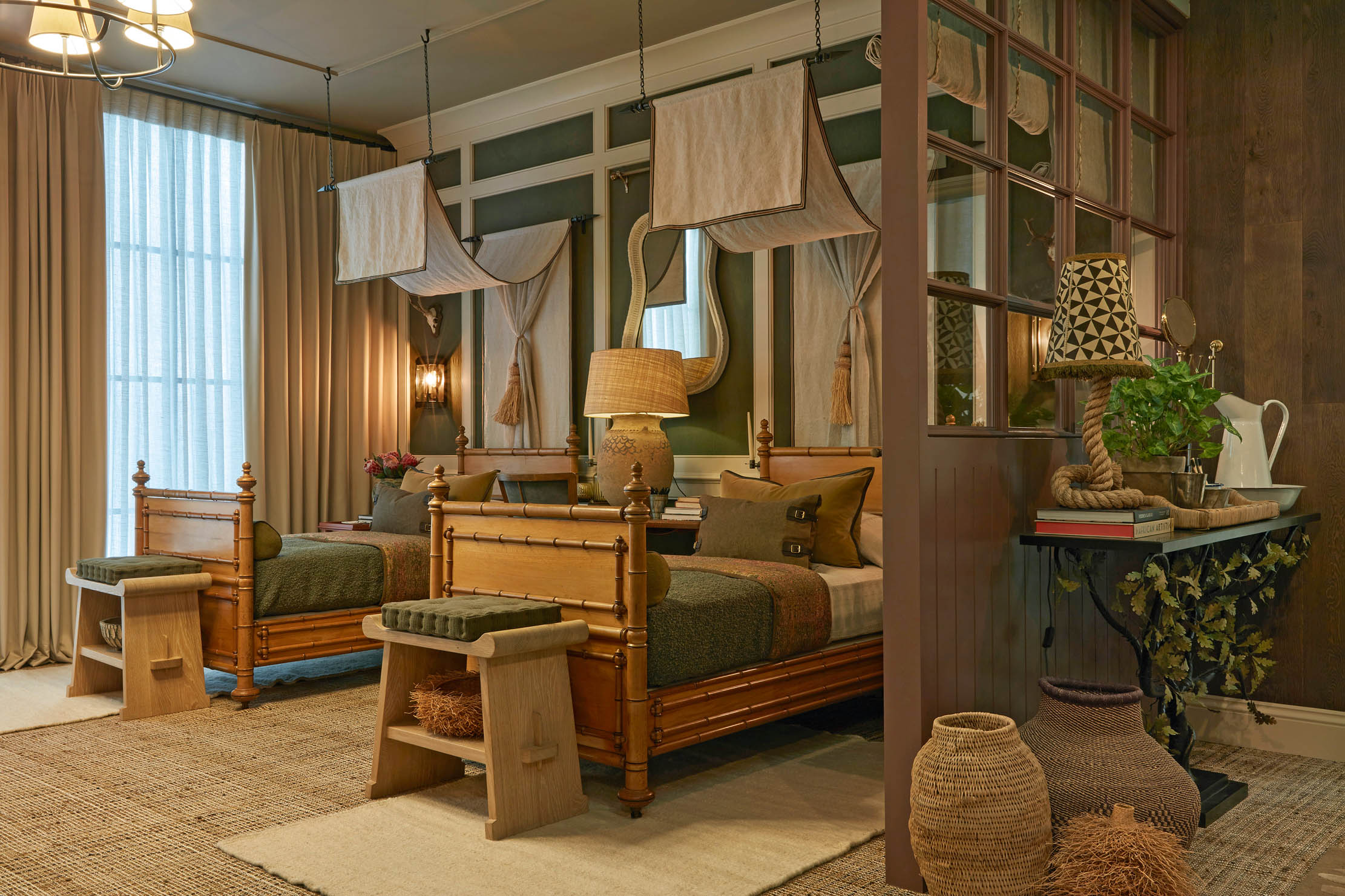
The dazzling interiors event in London that shows how design has the capacity to transform our experience of our daily lives
This year’s WOW!house brings interior design to life. Our interiors guru Giles Kime picks out some of his highlights.
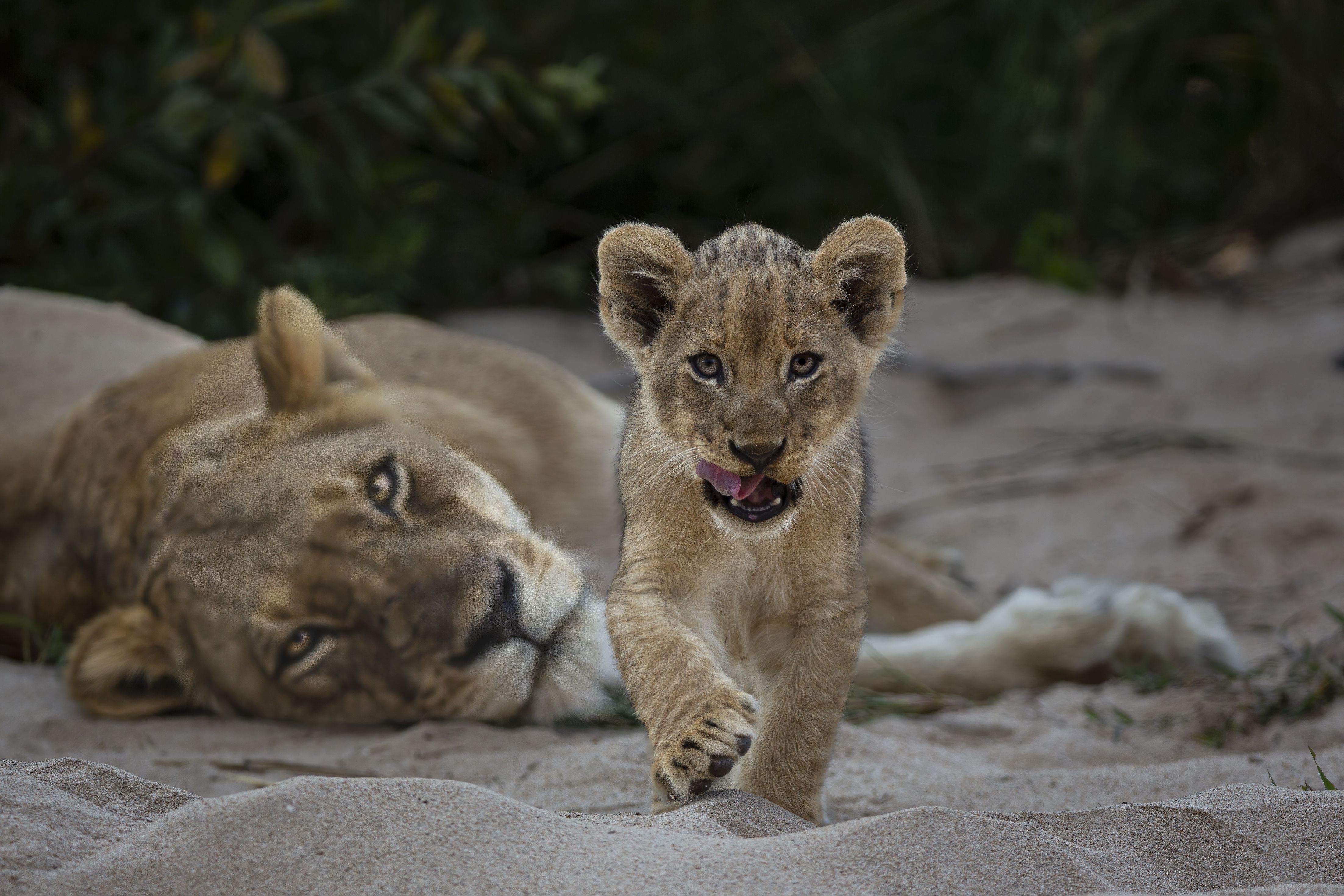
The 25 stunning images shortlisted for Wildlife Photographer of the Year's People's Choice award
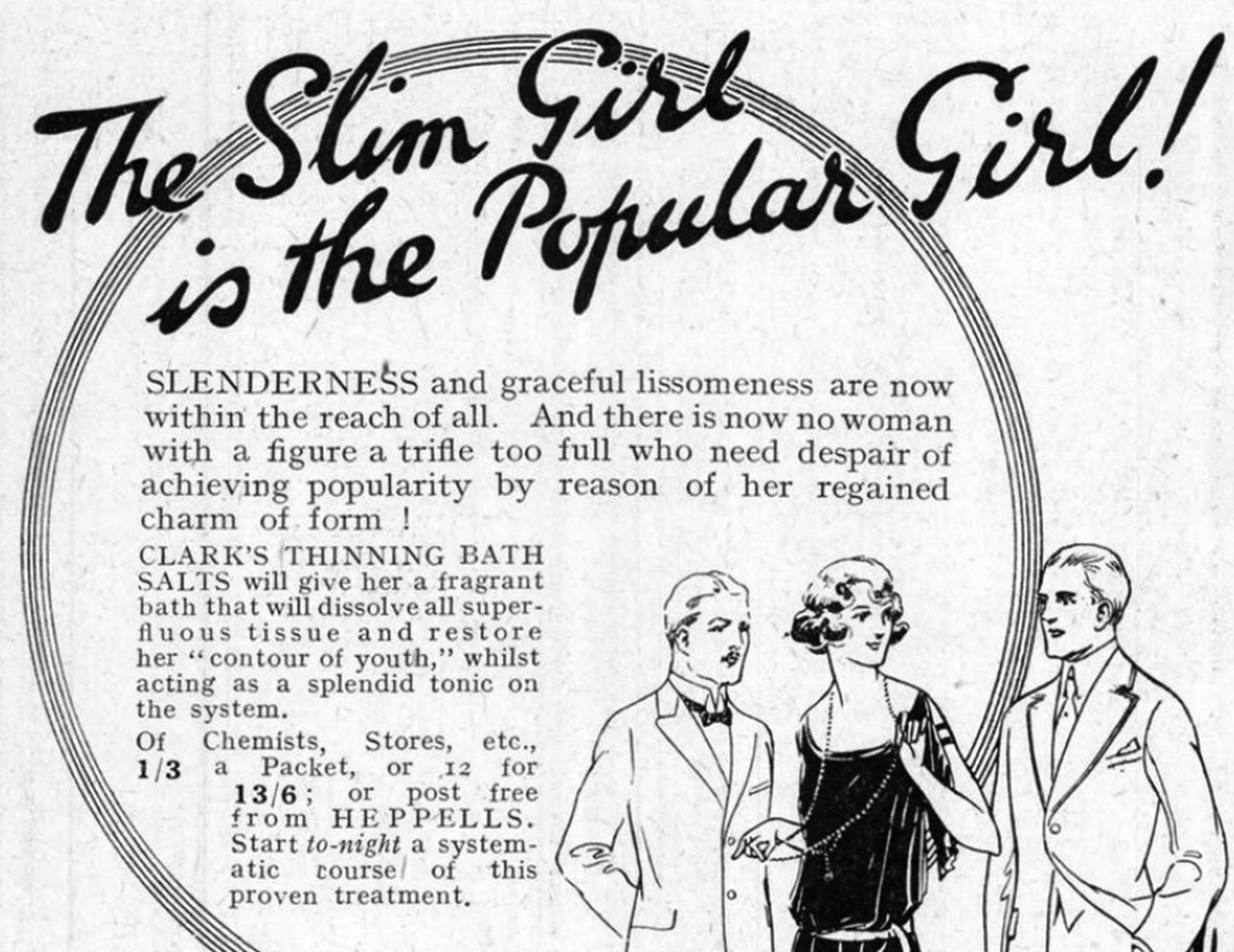
Country Life's best, worst and funniest adverts of 1923, from Burberry and thinning baths to the SUV of a century ago
From telephone-equipped hotel rooms to cars ‘for lady drivers’, the advertisements featured in Country Life in 1923 captured Britain’s evolution
Toby Keel is Country Life's Digital Director, and has been running the website and social media channels since 2016. A former sports journalist, he writes about property, cars, lifestyle, travel, nature.
-
 Two quick and easy seasonal asparagus recipes to try this Easter Weekend
Two quick and easy seasonal asparagus recipes to try this Easter WeekendAsparagus has royal roots — it was once a favourite of Madame de Pompadour.
By Melanie Johnson
-
 Sip tea and laugh at your neighbours in this seaside Norfolk home with a watchtower
Sip tea and laugh at your neighbours in this seaside Norfolk home with a watchtowerOn Cliff Hill in Gorleston, one home is taller than all the others. It could be yours.
By James Fisher
-
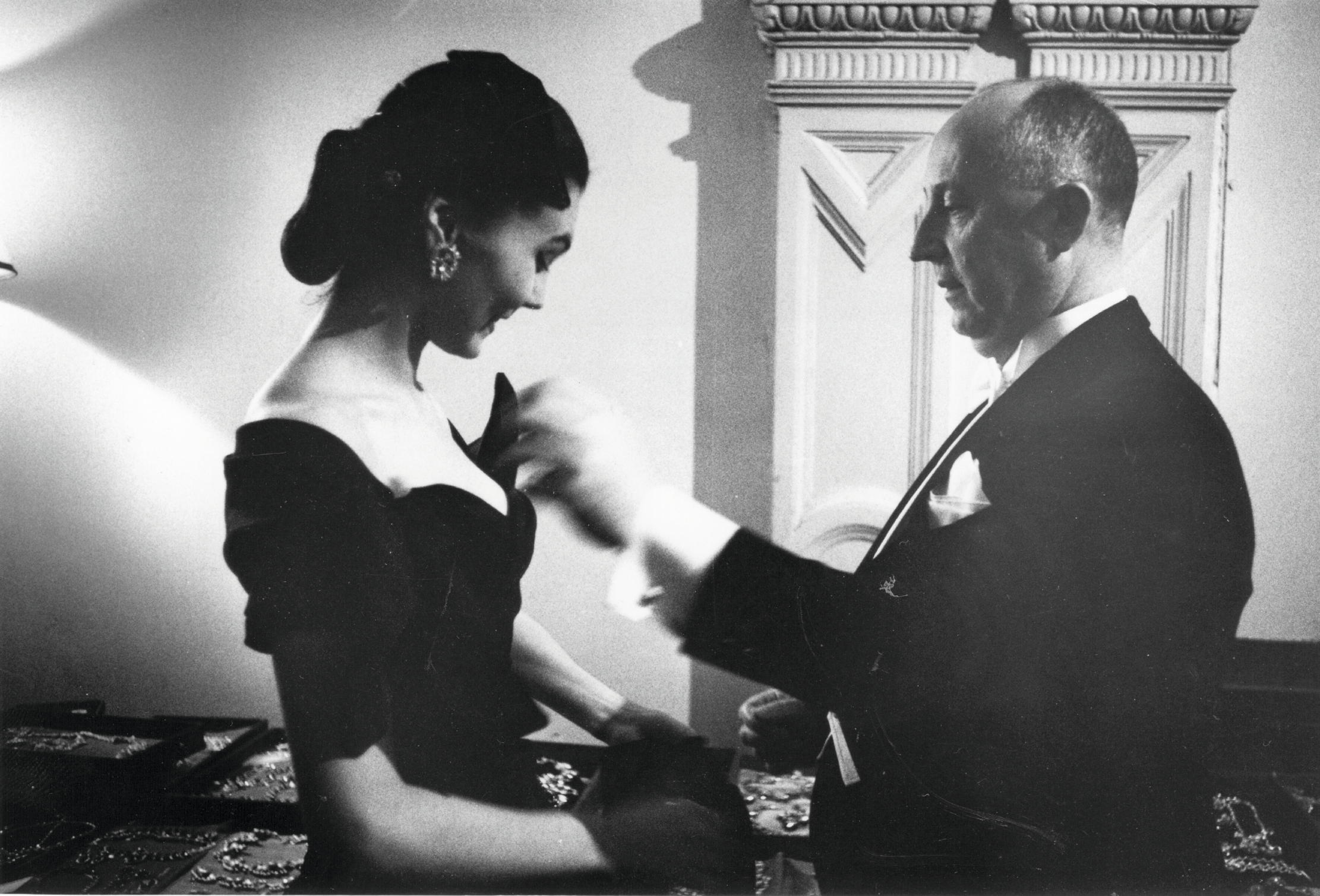 Country Life's top 10 arts stories of 2024
Country Life's top 10 arts stories of 2024From the artist killed on his first day in the war to a masterpiece once sold for £30, these were our most popular arts stories of 2024.
By Toby Keel
-
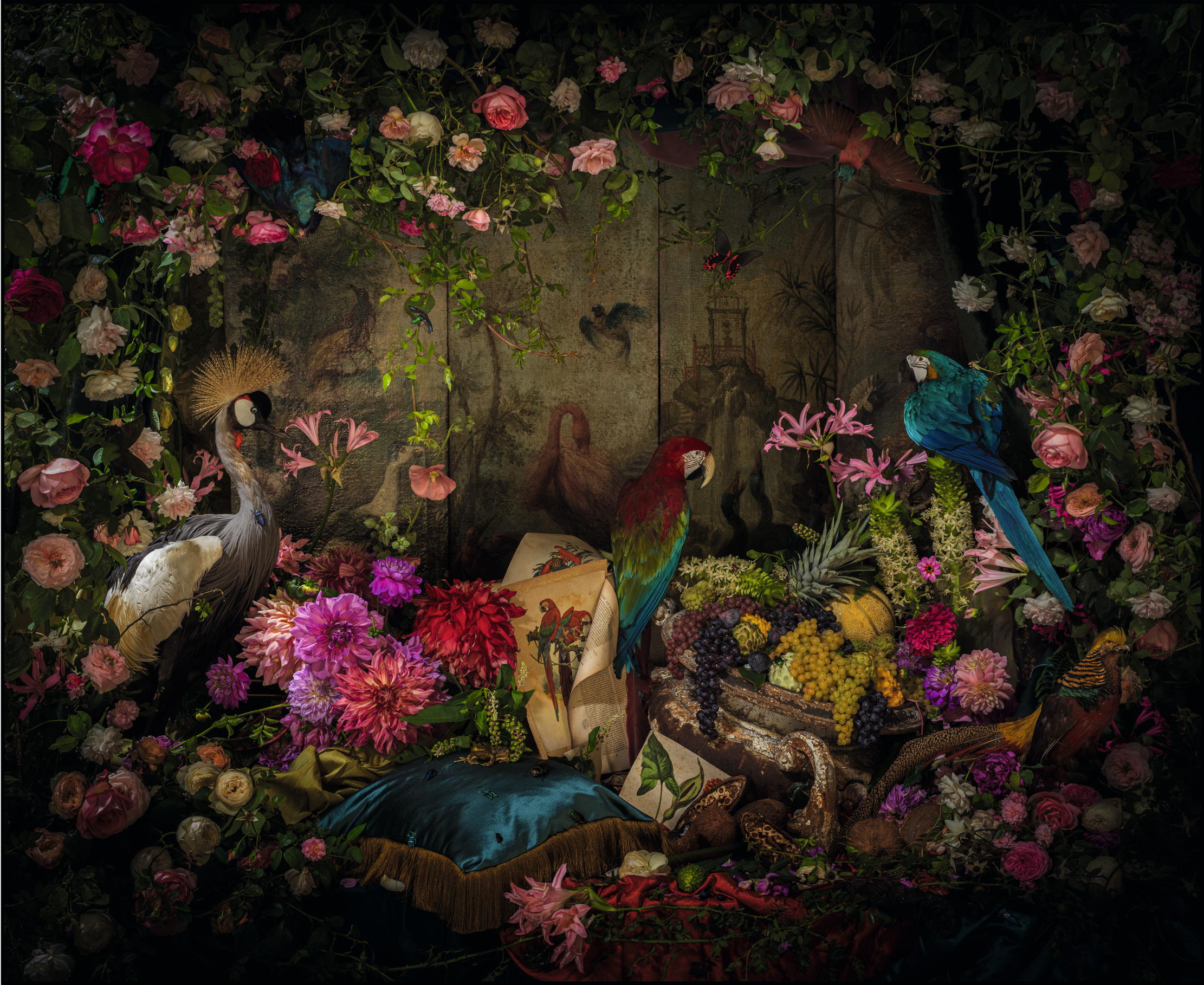 The grand master 'paintings' that are actually the most exquisite floral photographs you'll ever see
The grand master 'paintings' that are actually the most exquisite floral photographs you'll ever seeHarald Altmaier’s photographs of floral tableaux, as colossal in effort as in scale, recall 17th-century Dutch still lifes, but the inspiration behind them is far wider, as Carla Passino finds.
By Carla Passino
-
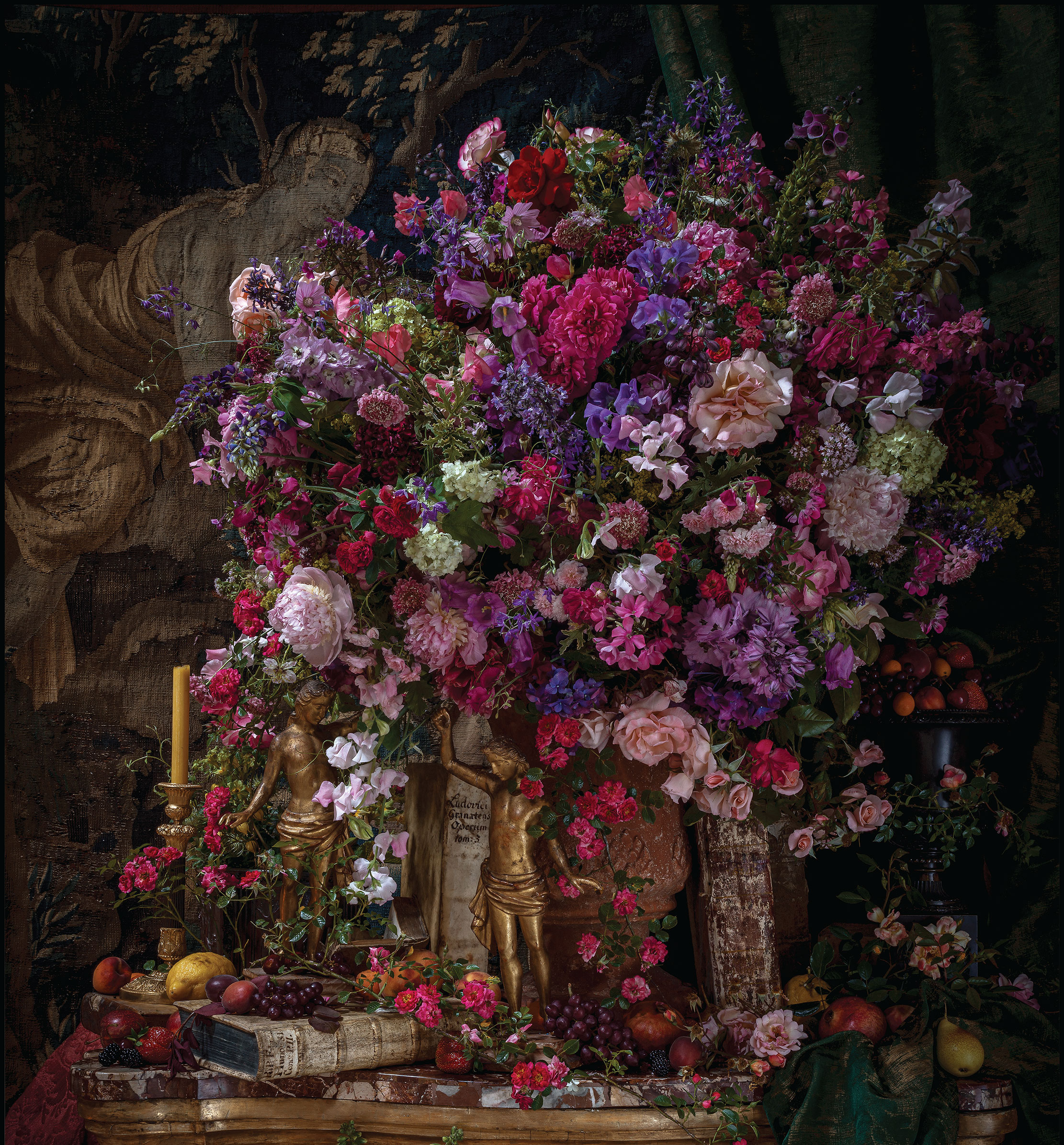 Dawn Chorus: The photographer-florist creating modern Grand Masters, plus Ashdown Forest and our Quiz of the Day
Dawn Chorus: The photographer-florist creating modern Grand Masters, plus Ashdown Forest and our Quiz of the DayA look at the work of Harald Altmaier, an unusual solution to an imaginary problem, and much more besides in today's Dawn Chorus.
By Toby Keel
-
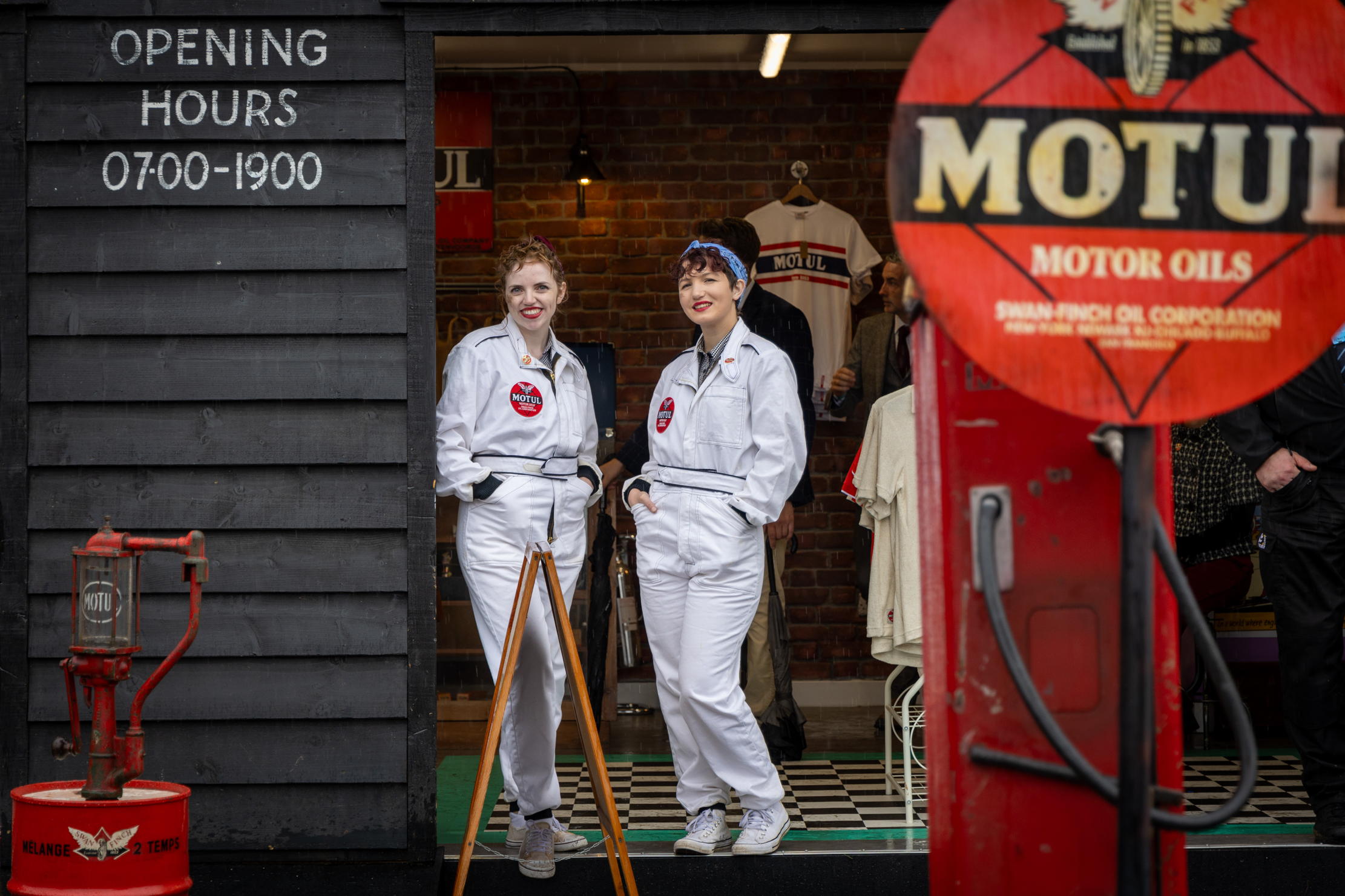 Goodwood Revival 2024: What you missed at the world's most elegant motor race weekend
Goodwood Revival 2024: What you missed at the world's most elegant motor race weekendThe Goodwood Revival is one of the highlights of the summer — even when the weather does its best to put a damper on things.
By Toby Keel
-
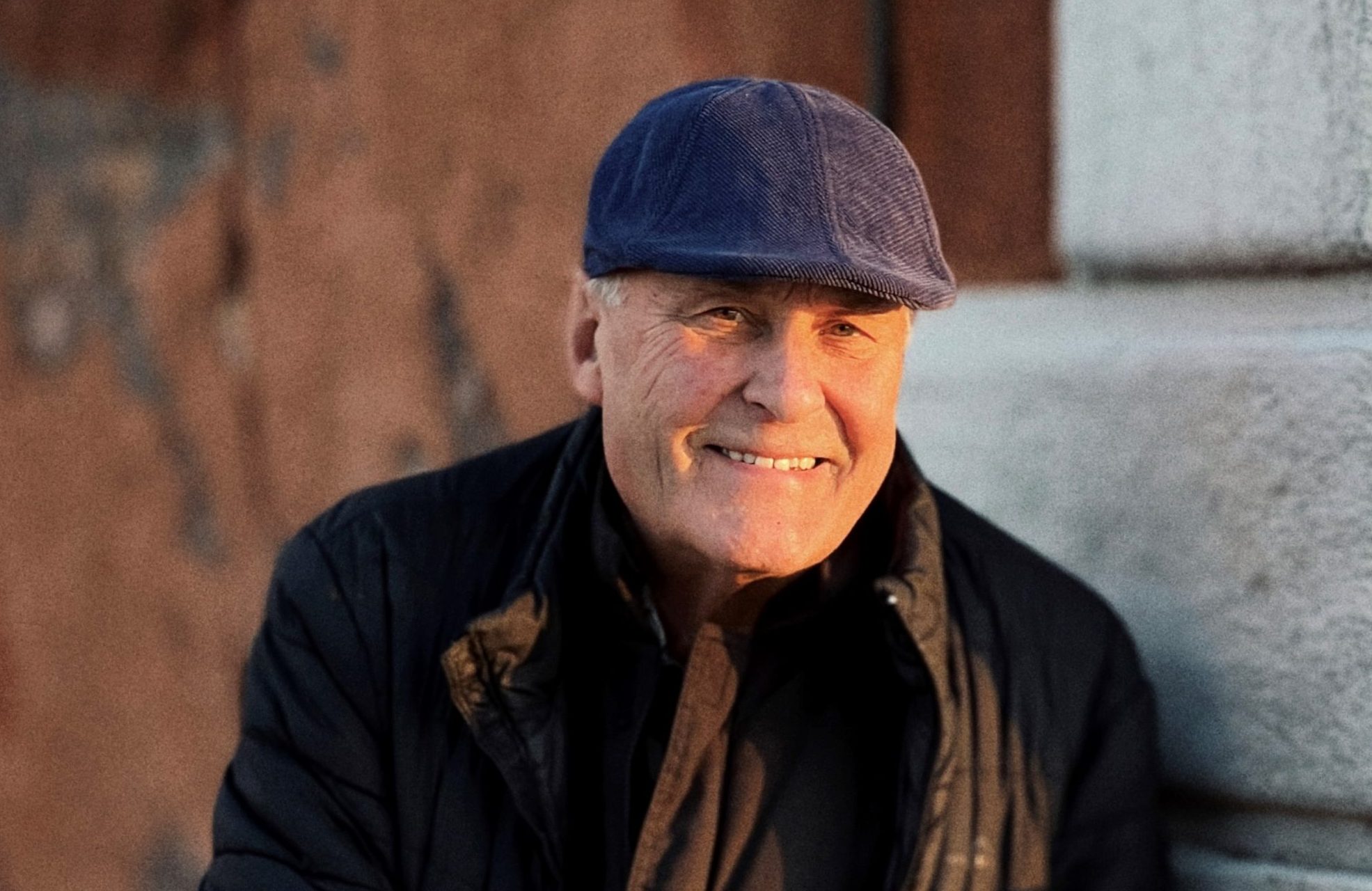 'If you get 12 great photographs a year, you're doing well': Charlie Waite on the secrets of landscape photography
'If you get 12 great photographs a year, you're doing well': Charlie Waite on the secrets of landscape photographyThe world-renowned landscape photographer Charlie Waite joins the Country Life Podcast.
By Toby Keel
-
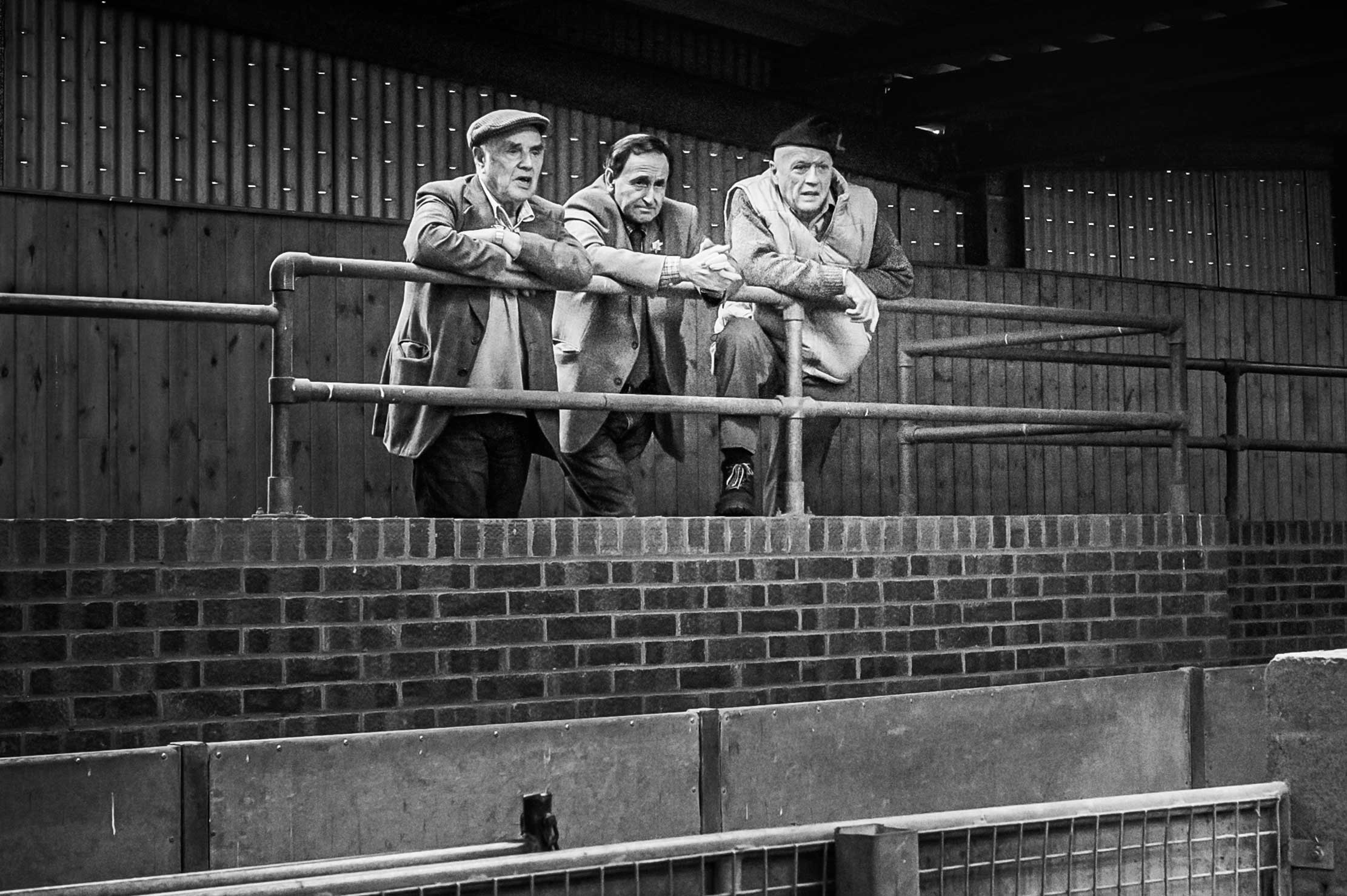 In Focus: A photographer's magical celebration of the farmers of Yorkshire
In Focus: A photographer's magical celebration of the farmers of YorkshirePhotographer Valerie Mather has chronicled the lives of farmers in her award-winning images, which are now collected together together in a handsome book: Yorkshire Born & Bred: Farming Life.
By Annunciata Elwes
-
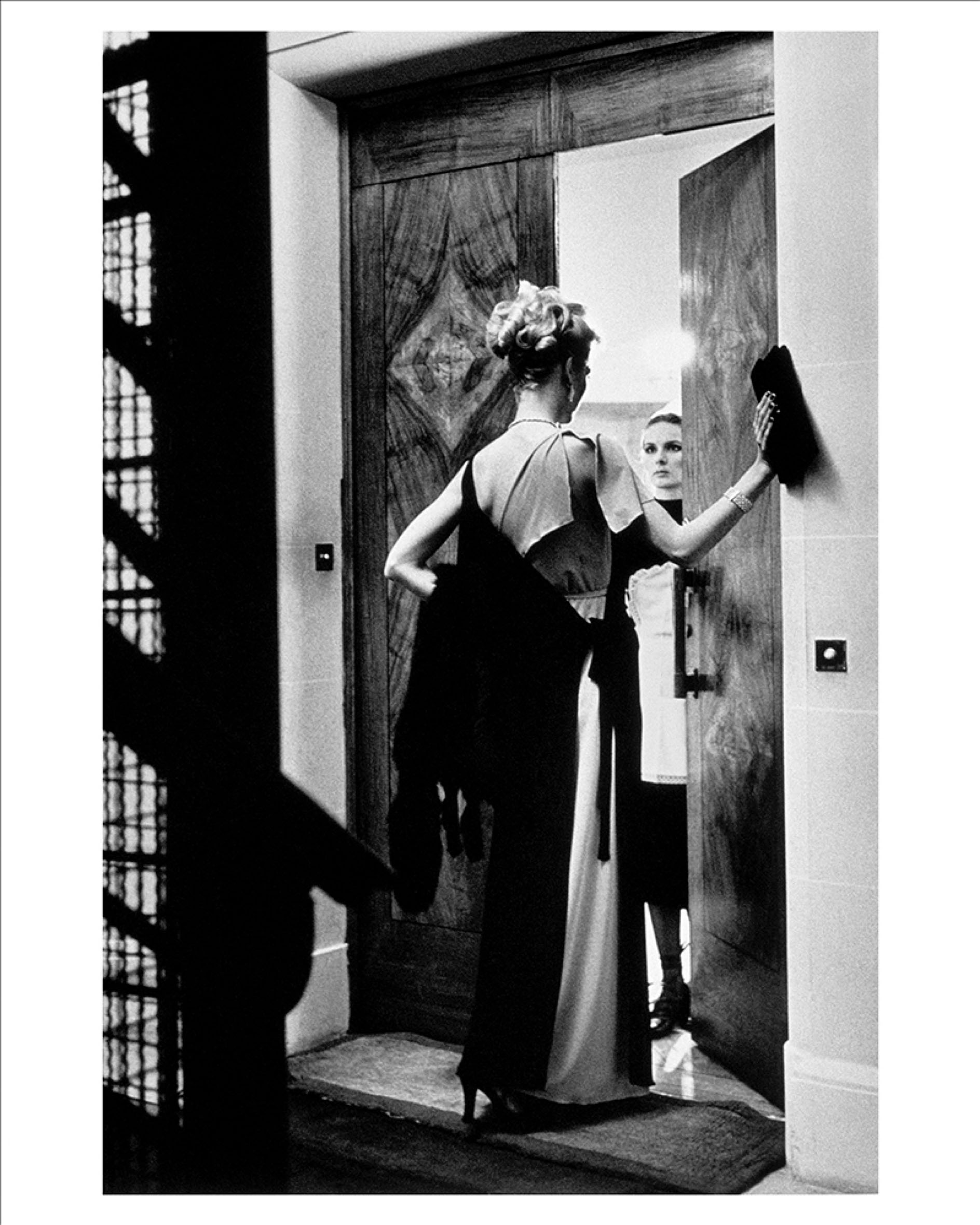 In Focus: The incomparable photography of Helmut Newton
In Focus: The incomparable photography of Helmut NewtonPhotographer Helmut Newton enjoyed a glittering career that blurred the lines between fashion, photography and art; as his centenary approaches he's celebrated in a new exhibition.
By Toby Keel
-
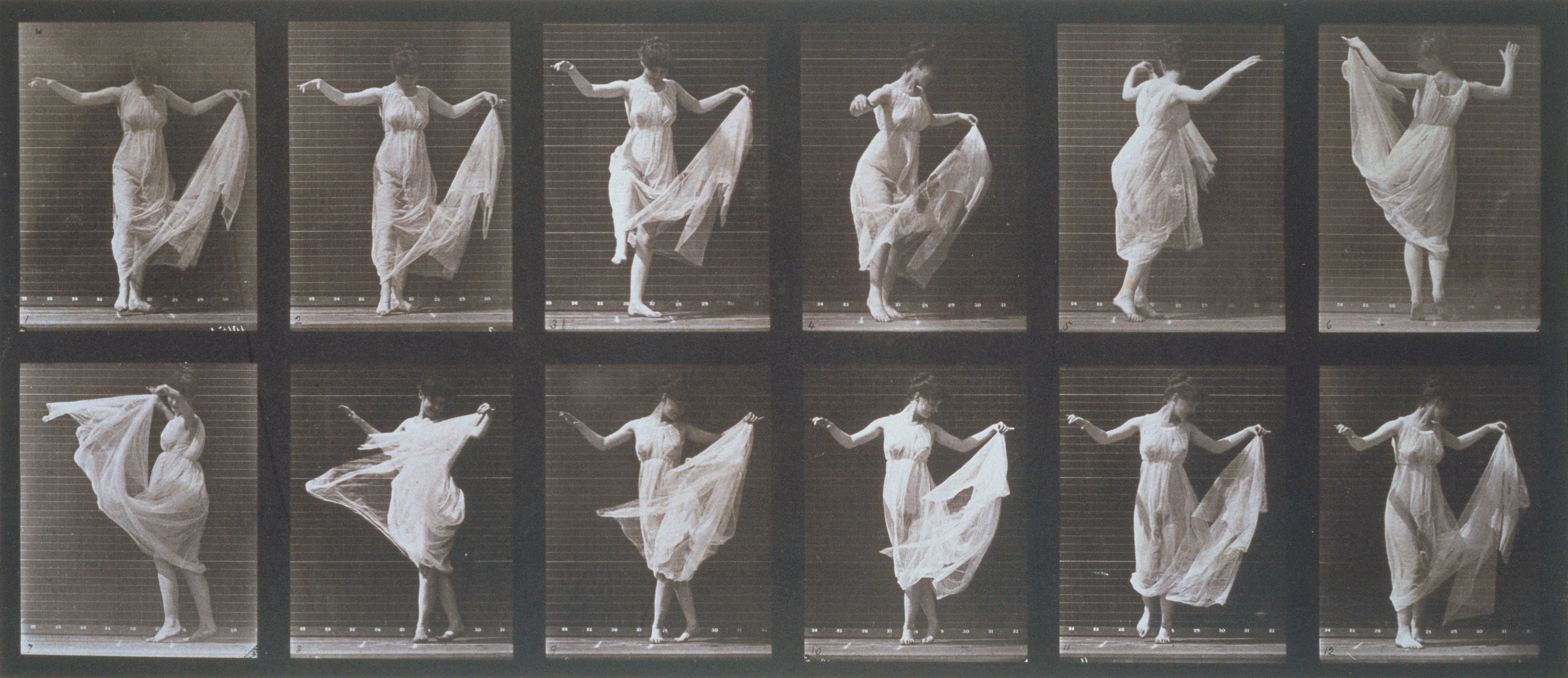 In Focus: The scandalous child of Empire, the murderous photographer and the woman who fatally brought them together
In Focus: The scandalous child of Empire, the murderous photographer and the woman who fatally brought them togetherEadweard Muybridge was not only the pioneering photographer of motion, but also a murderer. Jason Goodwin relishes this tale of the dashing rogue and adventurer who became his victim.
By Jason Goodwin
